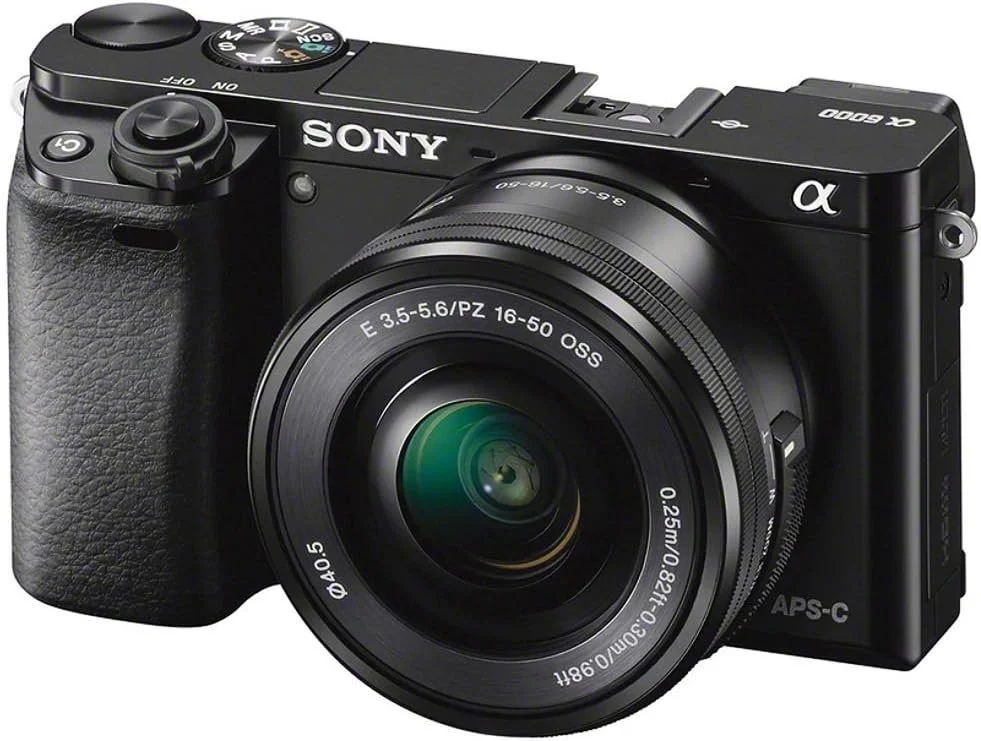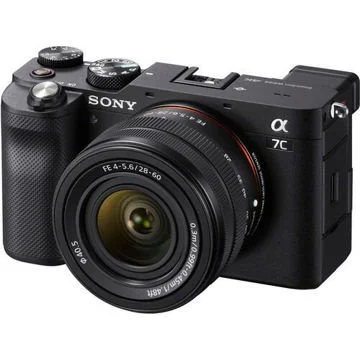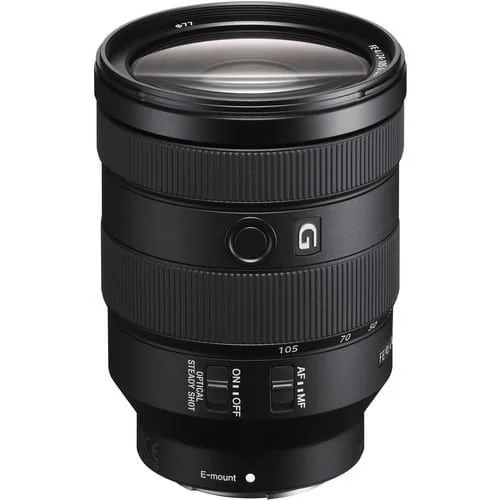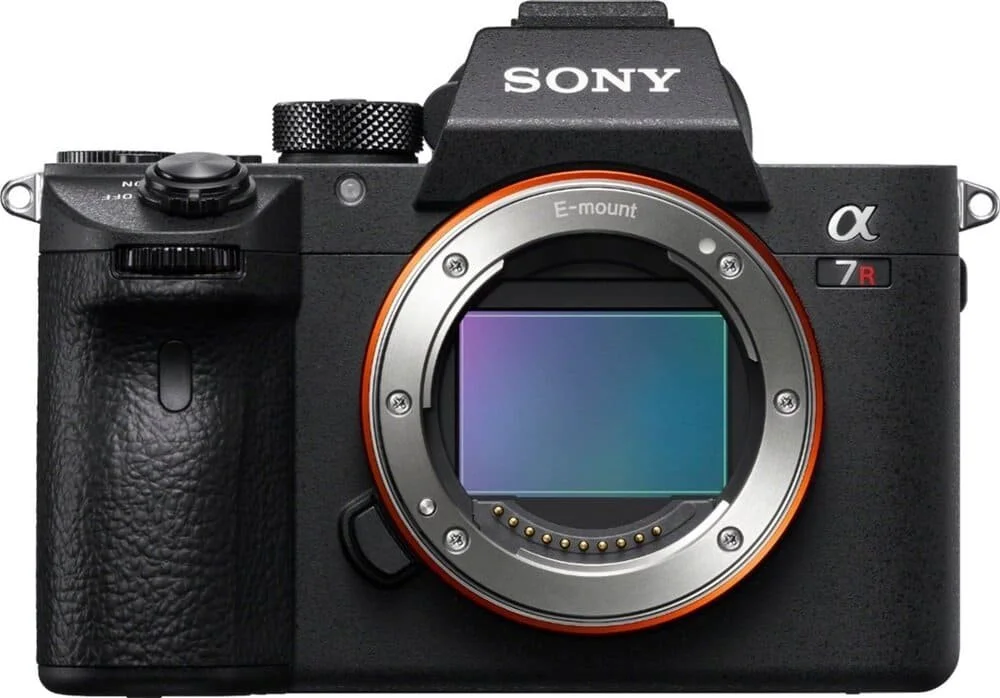Best Cameras and Lenses for Astrophotography in 2024
Choosing the right gear for astrophotography can make the difference between a breathtaking image of the Milky Way and a blurry, indistinct shot of the night sky. As a landscape and astrophotographer, I've spent countless nights under the stars, experimenting with different cameras and lenses to find the best combinations for capturing the celestial wonders above. In this guide, I'll share my top recommendations for cameras and lenses suited for astrophotographers at various skill levels, from beginners to advanced enthusiasts.
Overview of Criteria for Selection
When selecting the best cameras and lenses for astrophotography, there are several key criteria to consider:
Low-light performance: High ISO capability and minimal noise are crucial for capturing clear images of the night sky.
Sensor size and type: Full-frame sensors generally perform better in low light than APS-C or Micro Four Thirds sensors.
Lens aperture: Wider apertures (lower f-numbers) allow more light to hit the sensor, essential for night photography.
Focal length: Wide-angle lenses are preferred for capturing expansive sky views, while telephoto lenses can focus on specific celestial objects.
Image stabilization: Helps reduce blurriness caused by camera shake, though a sturdy tripod is always recommended.
Recommendations for Beginner Astrophotographers
For beginners, ease of use, affordability, and versatility are key. The following camera bodies and lenses offer excellent entry points into astrophotography without overwhelming complexity or breaking the bank.
Best Camera Bodies for Beginners
Canon EOS Rebel T7 - $449.99
The Canon EOS Rebel T7 is an excellent entry-level DSLR with a 24.1 MP APS-C sensor. It offers good low-light performance and user-friendly features, making it a great choice for those new to astrophotography.
Nikon D3500 - $499.95
The Nikon D3500 is renowned for its simplicity and value. With a 24.2 MP APS-C sensor and impressive battery life, it’s a solid option for beginners looking to explore night sky photography.
Sony Alpha a6000 - $648.00
This mirrorless camera combines compact design with powerful features. The Sony Alpha a6000 has a 24.3 MP APS-C sensor and fast autofocus, making it a versatile choice for budding astrophotographers.
Best Lenses for Beginners
Canon EF-S 18-55mm f/3.5-5.6 IS STM - $199.99
This kit lens is often bundled with Canon DSLRs and offers a versatile focal range suitable for various types of photography, including night skies. Its image stabilization is particularly helpful for beginners. Read more about this lens.
Nikon AF-P DX NIKKOR 18-55mm f/3.5-5.6G VR - $196.95
Similar to the Canon kit lens, this Nikon lens provides a good starting point with its versatile zoom range and vibration reduction feature, aiding in low-light conditions.
Sony E 16-50mm f/3.5-5.6 OSS - $348.00
This compact zoom lens pairs perfectly with the Sony Alpha a6000. Its optical steady shot and wide focal range make it a practical choice for beginners. Read more about this lens.
Recommendations for Intermediate Astrophotographers
Intermediate photographers seek more control over their shots and better image quality. The following recommendations cater to those looking to elevate their astrophotography skills.
Best Camera Bodies for Intermediate Photographers
Canon EOS 90D - $1,199.00
The Canon EOS 90D offers a 32.5 MP APS-C sensor and robust performance in low light. Its advanced features and excellent battery life make it a top choice for intermediate users.
Nikon D7500 - $999.95
The Nikon D7500 combines a 20.9 MP APS-C sensor with impressive ISO performance. Its rugged build and user-friendly interface are perfect for those looking to step up their game.
Sony Alpha a7 III - $1,998.00
The Sony Alpha a7 III is a full-frame mirrorless camera that excels in low-light conditions. With a 24.2 MP sensor and excellent dynamic range, it’s ideal for capturing stunning astrophotography images.
Best Lenses for Intermediate Photographers
Canon EF 24-70mm f/2.8L II USM - $1,899.00
This lens is known for its sharpness and fast aperture, making it versatile for various types of photography, including astrophotography. Its robust build and weather sealing add to its appeal. Read more about this lens.
Nikon AF-S DX NIKKOR 16-80mm f/2.8-4E ED VR - $1,069.95
A versatile zoom lens with a wide aperture range, this Nikon lens is perfect for capturing night skies. Its vibration reduction feature helps maintain sharpness during long exposures. Read more about this lens.
Sony FE 24-105mm f/4 G OSS - $1,298.00
This lens offers excellent image quality and a versatile focal range. Its optical steady shot and constant f/4 aperture make it a reliable choice for intermediate astrophotographers. Read more about this lens.
Recommendations for Advanced Photographers
Advanced photographers require top-tier equipment that delivers exceptional image quality and handles challenging conditions. The following gear is designed to meet the demands of experienced astrophotographers.
Best Camera Bodies for Advanced Photographers
Canon EOS R5 - $3,899.00
The Canon EOS R5 features a 45 MP full-frame sensor and groundbreaking low-light performance. Its advanced features and high-resolution capabilities make it a powerhouse for astrophotography.
Nikon Z7 II - $2,996.95
The Nikon Z7 II offers a 45.7 MP full-frame sensor and excellent dynamic range. Its superior build quality and exceptional image quality are tailored for serious photographers.
Sony Alpha a7R IV - $3,498.00
This mirrorless camera boasts a 61 MP full-frame sensor, providing unmatched detail and clarity. Its advanced autofocus system and low-light performance are perfect for capturing the night sky in stunning detail. Read more about this camera.
Best Lenses for Advanced Photographers
Canon RF 15-35mm f/2.8L IS USM - $2,299.00
With its ultra-wide focal length and fast aperture, this lens is ideal for capturing expansive night sky vistas. Its image stabilization and robust build make it a top choice for advanced users. Read more about this lens.
Nikon NIKKOR Z 14-24mm f/2.8 S - $2,396.95
This lens offers a superb ultra-wide angle and fast aperture, making it perfect for astrophotography. Its advanced optical design and weather sealing ensure top performance in any condition. Read more about this lens.
Sony FE 12-24mm f/2.8 GM - $2,998.00
This lens provides an ultra-wide field of view and excellent sharpness across the frame. Its fast aperture and build quality make it an exceptional choice for serious astrophotographers. Read more about this lens.
Technical Considerations for Astrophotography
Sensor Size and Type - Full-frame sensors generally offer better low-light performance and dynamic range compared to APS-C or Micro Four Thirds sensors. This is crucial for capturing the faint details of the night sky.
ISO Performance - A camera's ability to handle high ISO settings with minimal noise is vital for astrophotography. Look for models with good high ISO performance to ensure clear and sharp images.
Aperture and Focal Length - Wide apertures (f/2.8 or lower) allow more light to hit the sensor, which is essential for night photography. Wide-angle lenses (14-35mm) are often preferred for their ability to capture large portions of the sky.
Image Stabilization - While a sturdy tripod is a must, in-body or lens-based image stabilization can help reduce blurriness caused by minor movements, especially during longer exposures.
Budget Considerations and Value
Balancing Cost and Performance
While it's tempting to splurge on the latest and greatest gear, it's important to balance cost and performance. Many mid-range options offer excellent value without the high price tag of professional equipment.
When to Invest in New Gear
Consider upgrading your gear when you consistently feel limited by your current equipment. Investing in high-quality lenses can often provide a more significant improvement than upgrading your camera body.
Conclusion
Capturing the night sky in all its glory requires the right equipment, a bit of technical know-how, and a lot of patience. By choosing the appropriate camera and lenses for your skill level, you can significantly enhance your astrophotography experience. Whether you're a beginner just starting or an advanced photographer looking for the best gear, this guide provides recommendations to help you make informed decisions.
I encourage you to explore and experiment with different settings and techniques to find what works best for you. And remember, the journey is just as rewarding as the final image. Happy shooting!
What are your favorite cameras and lenses for astrophotography? Share your experiences and recommendations in the comments below! If you enjoyed this article, share it with your friends and sign up for my newsletter for more astrophotography tips and tutorials.
FAQs
What are the best camera settings for astrophotography?
Start with a wide aperture (f/2.8 or lower), a high ISO (1600-3200), and a long exposure (20-30 seconds). Adjust based on your specific conditions.
How important is a tripod in astrophotography?
A tripod is essential for stabilizing your camera during long exposures, preventing blurry images caused by camera shake.
Can I use my smartphone for astrophotography?
While smartphones have improved, they generally lack the low-light performance of dedicated cameras. However, some newer models and apps can produce decent night sky images.
How do I avoid star trails in my photos?
To avoid star trails, use the "500 rule": Divide 500 by your lens's focal length to get the maximum exposure time before stars start to trail. For example, a 24mm lens would allow a 20-second exposure (500/24≈20). Check out this blog post for more: Demystifying the Astrophotography Rule of 500
What software is recommended for editing astrophotography images?
Adobe Lightroom and Photoshop are popular choices for editing astrophotography images. They offer powerful tools for noise reduction, color correction, and enhancing details.



















